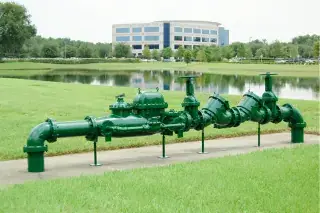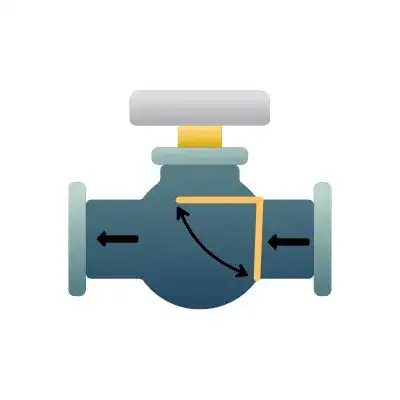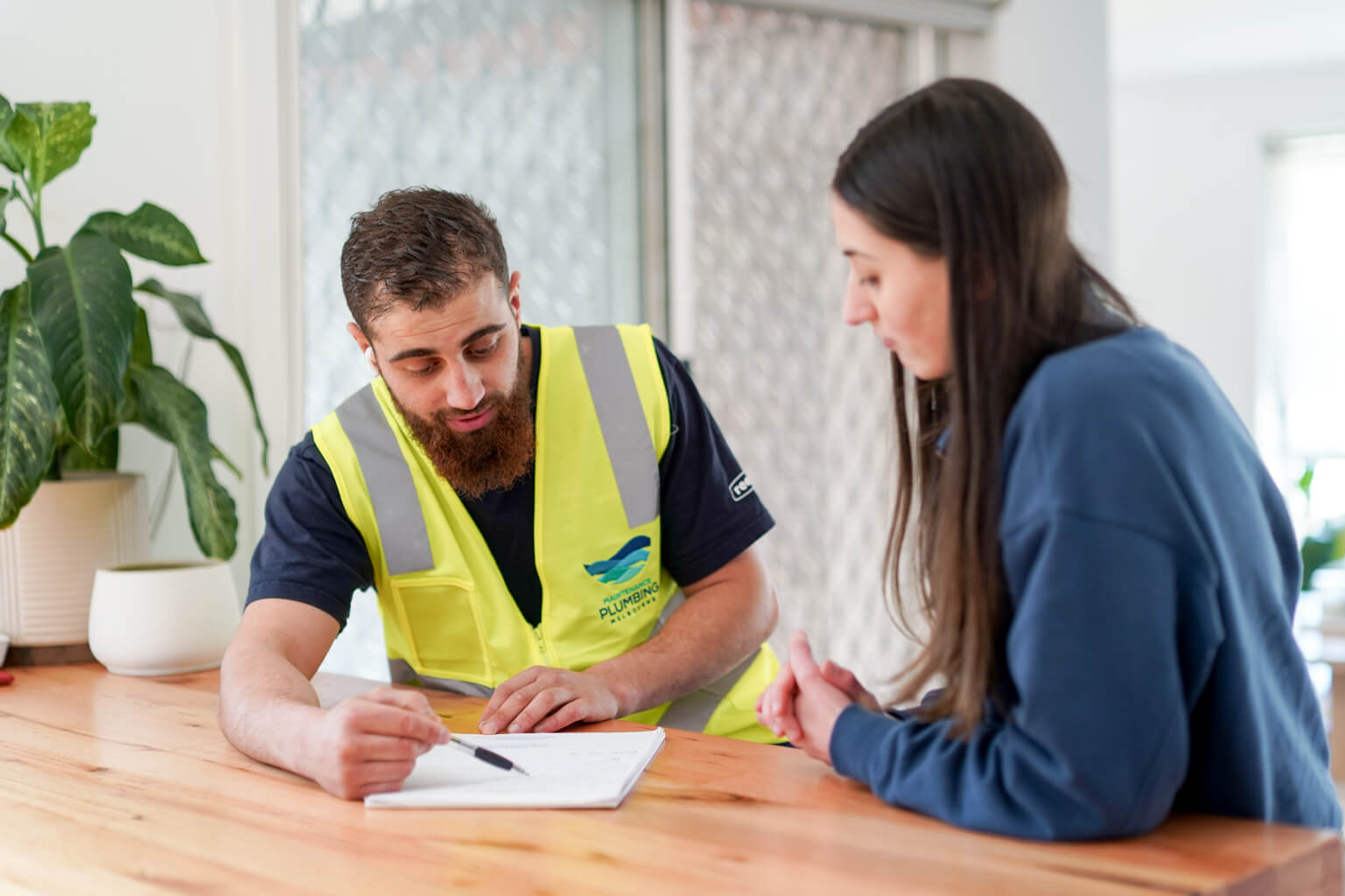
What is a Backflow Prevention Valve?
What is a Backflow Prevention Valve?
A backflow prevention valve or BPV is crucial to ensuring drinking water systems stay safe and clean. They create a preventative barrier between your property or parts of your property and the larger drinking water systems. But how do they work and why do you need them?

What causes Backflow?
Backflow occurs when a water system flows in the direction it was not intended to originally flow. This can have catastrophic and life-threatening consequences as it can cause contaminated water from hoses and sewerage systems to contaminate drinking water taps and showers. Backflow often occurs because of the following reasons a water pipe bursts, high demand on the water system from firefighters or other users. This creates lower pressures in the water system that allow for backflow.
How a Backflow Prevention Valve Works
Backflow prevention valves are a simple but effective system that ensures your sewerage and drinking water systems only flow one way keeping contaminants out of clean water systems. The system comprises of a central one-way gate or gates, and an isolator tap on either side of the system. BPVs use two major valves: gate-style and piston-style. Both operate on the same concept, a spring keeps the valve closed unless there is a current pushing it open as seen in the diagram below this means water can only flow in one direction through the system stopping backflow. This helps protect your home and your neighbour's homes from potential cross-contamination from sewerage or other wastewater from getting into drinking water systems.

As Backflow prevention valves are so important most local councils and/or water companies require backflow prevention valves where installed to be tested annually to ensure they are working correctly and greatly reduce the risk of the system failing. To test the system a registered plumber (In Victoria plumbers must be registered by the Victorian Building Authority (VBA) to work with and test backflow prevention devices) uses a pressure-based testing apparatus that will send a set pressure into the system that is recorded to determine whether there are any leaks in the gates or outer casing.
But what do you need to have BPV installed for?
In Victoria and most of Australia BPVs only need to be installed where a device or condition in which backflow from the water system could cause serious harm or death. Some examples of systems that require a BPV are:
- Bidets
- Toilet Douches
- Grease Traps and taps near them.
- Water Tanks (when the property is also connected to a mains water system)
- All Commercial or Industrial Properties
- And in some areas all homes.
However, with these systems, the placement of the BPV changes for example bidets and toilet douches can be installed directly upstream of the system, whereas commercial properties require the BPV to be installed directly downstream of the water meter. For further information as to whether you need a BPV installed contact a plumber or your local water company.
Backflow prevention devices are a simple yet effective protection system for your drinking water systems. Whether it's a grease trap or bidet they ensure that it stays out of your drinking water. If you require a VBA-qualified plumber to install a BPV or test your existing system Maintenance Plumbing Melbourne is your one-stop shop in Melbourne. With over 10 years of experience, our team have the perfect solution for your backflow prevention needs.
Get a Melbourne or Geelong Plumber
Transparent pricing keeps our customers informed every step of the way
